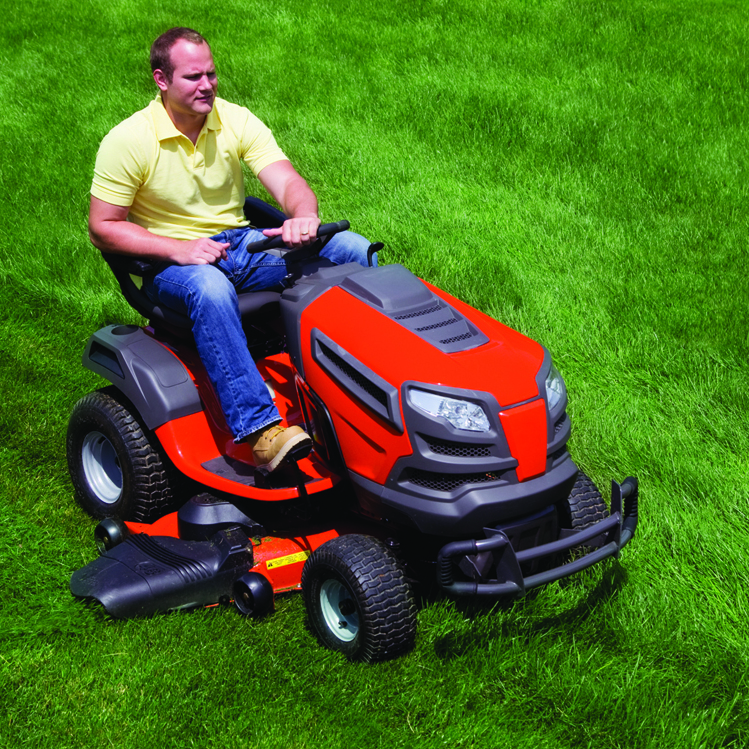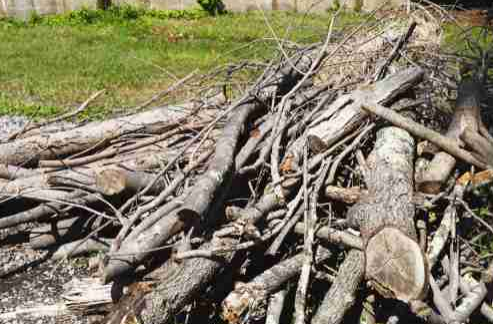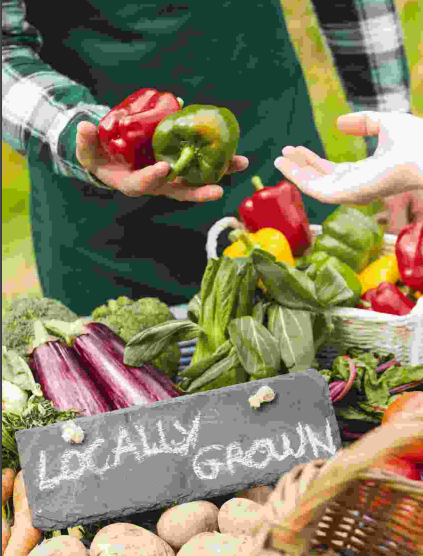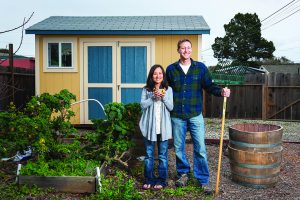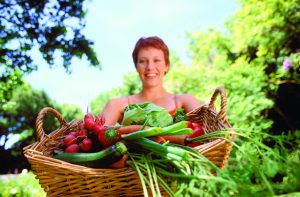Be ready to enjoy the warm days of spring and summer with an “updated” outdoor dining/living/garden area that is welcoming and efficient. Woodcraft has the tools and supplies you will need, along with helpful advice at your local store and free how-to articles on Woodcraft.com.
Projects
Take stock of your outdoor furniture — do you need more? Would colorful new Adirondack chairs, a new picnic table and maybe a garden bench and planters be more inviting? Or perhaps a cleanup and new paint would bring your existing furniture to life for another season? Does your porch/patio/deck area need to be resurfaced or enlarged? Streamline your dining by building mobile carts to transport food for prep and for serving. Add a butcher block top to the food prep cart and storage drawers to both, and improve the efficiency and pleasure of your dining experience. Gardeners may want to build a potting bench and wooden flatbed wagon to haul plants and supplies.
Tools, Supplies and How-Tos
“Make anywhere your workspace with the Kreg Mobile Project Center,” Woodcraft senior product manager Peter Collins said. “It’s a portable workbench, sawhorse, assembly table, and clamping station all in one that provides a versatile work space for DIY, repair, and woodworking projects.” The large 273⁄4″ x 311⁄2″ polypropylene work surface supports a 350-lb. load capacity, and two centers can be connected to double the work area. Collins also suggested adding the new Kreg In-line Bench Clamp and Bench Clamp System for Dog Holes to make almost every clamping task possible. Visit Woodcraft.com to see Building Plans for Outdoor Furniture, as well as Adirondack chair templates.
Woodcraft.com also offers a large number of how-to articles such as “Laid Back in a Classic Adirondack” that shows how to build with Adirondack chair templates, while “WoodSense: Spotlight on Outdoor Projects,” describes woods that work well outdoors. For building projects, the Freeman 11⁄4″ 18-Gauge Brad Nailer is a professional quality, innovative home improvement tool that is great for furniture. Its oil-free operation requires no regular maintenance and eliminates the risk of stains on project surfaces.
If your joinery choice requires screws, the Groz Insta Drive Screwdriver features a patented retractable, rotating bit cartridge that makes it easy to find, store and change driver bits. For hauling lumber or other large items to your project site, use the Xstrap Heavy Duty Ratchet Tie Down to hold up to 1,000 pounds in place on a truck bed. To finish new furniture or recolor existing pieces — and brighten your outdoor landscape — choose one of the 28 premixed General Finishes Milk Paint colors that can be mixed, lightened, glazed, layered, antiqued, or distressed.
Other good choices for outdoor surfaces include General Finishes Outdoor Oil Finish (use over exterior oil stain or exterior clear oil finishes for additional protection) and General Finishes 450 Varnish (minimizes fading, retards mold and fungus growth).
For painting guidance, watch “Hand Applied Milk Paint from General Finishes at Woodcraft” and read “Create a Milk Paint Masterpiece” on Woodcraft.com. HOMERIGHT’s Finish Max HVLP Sprayer will spray most solvent (except lacquer and conversion varnish) or water-based products — latex paint, milk paint, chalk paint, furniture paint, stains, and finishes. It’s easy to set up, use and clean. When painting furniture, consider using the HOMERIGHT Large Spray Shelter. When painting small accessories, opt for the Small Spray Shelter.
For furniture that needs some TLC, read “Restoring Outdoor Projects” on Woodcraft.com to learn how to determine what needs to be deep cleaned, repaired, rebuilt and repainted. Handy helpers for the TLC process include Blue Bear Paint and Urethane Stripper, Krud Kutter No-Rinse Prepaint Cleaner, Titebond III Ultimate Wood Glue, SculpWood Putty, and Briwax ChaiRX.
Garden & Game Projects
Turn a unique transplanter, cultivator and weeder with the three-piece WoodRiver Garden Tool Turning Kit constructed of durable, cast aluminum. Turning blanks for the handle, sold separately, may be made from wood, acrylic or another man-made material. Build a wooden croquet set with help from “Picnic Perfect Croquet Set” in Issue 65 of Woodcraft Magazine. Subscribers can download the article free, or the issue can be purchased at Woodcraft.com.
To learn more about these and other products, visit your local Woodcraft store, call (800) 535-4482 or visit www.Woodcraft.com.

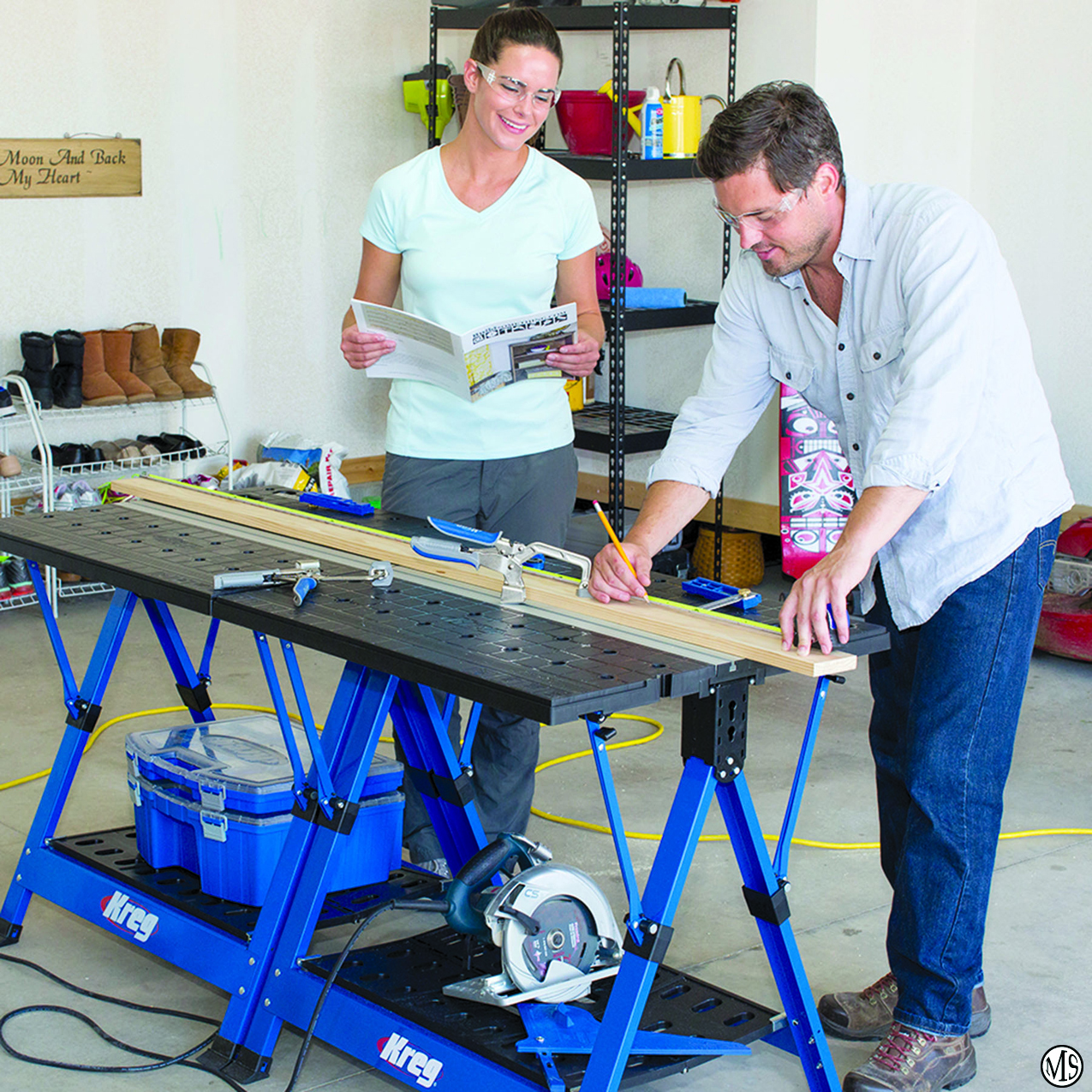
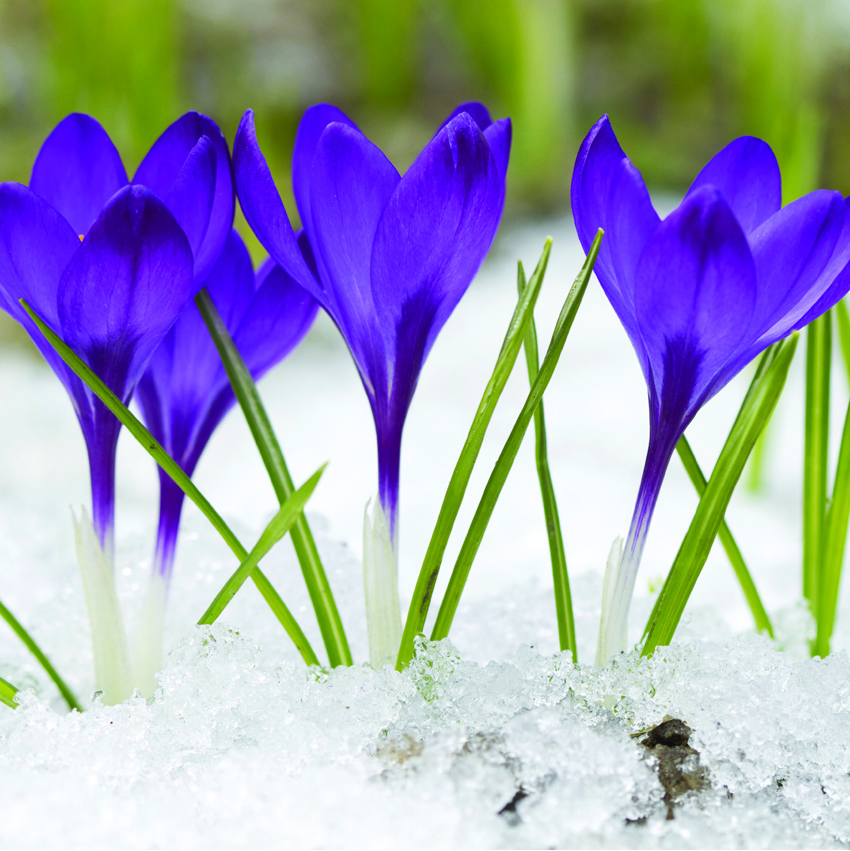

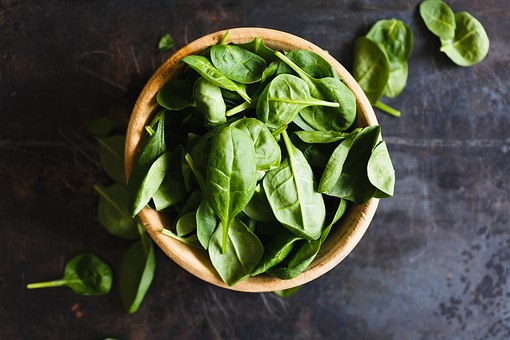
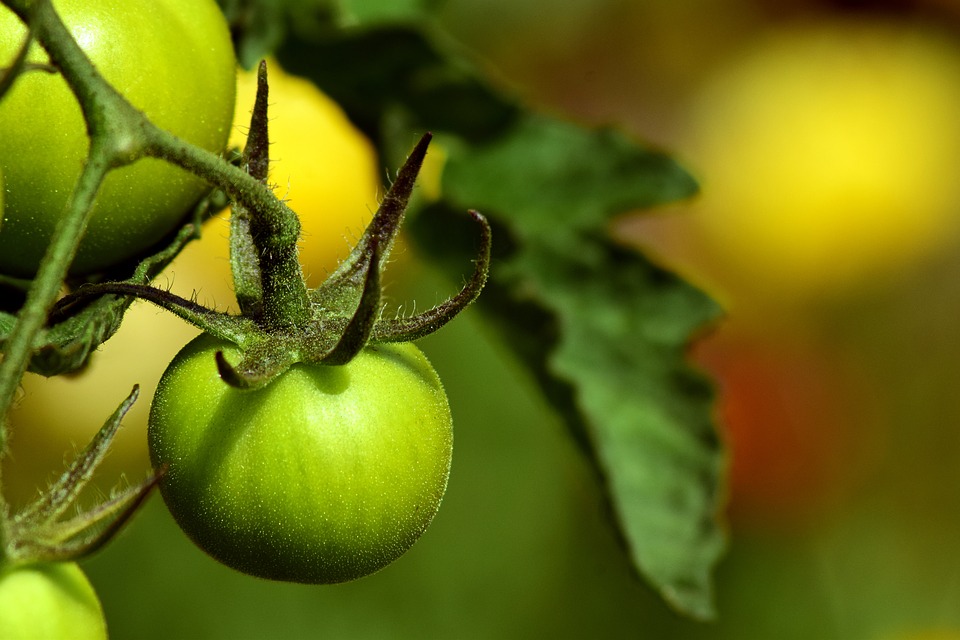 Tomatoes
Tomatoes
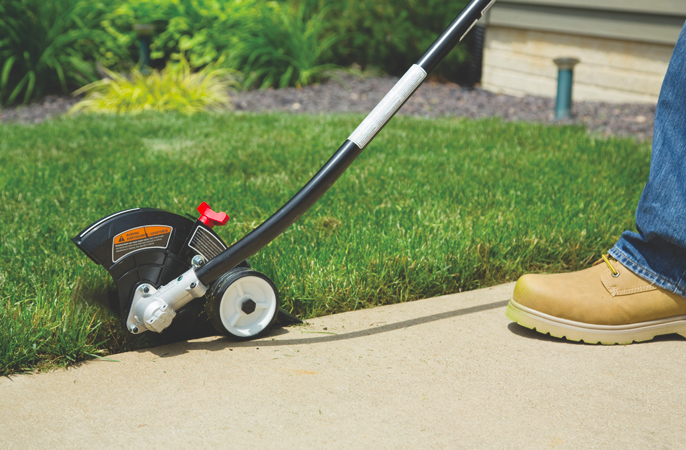
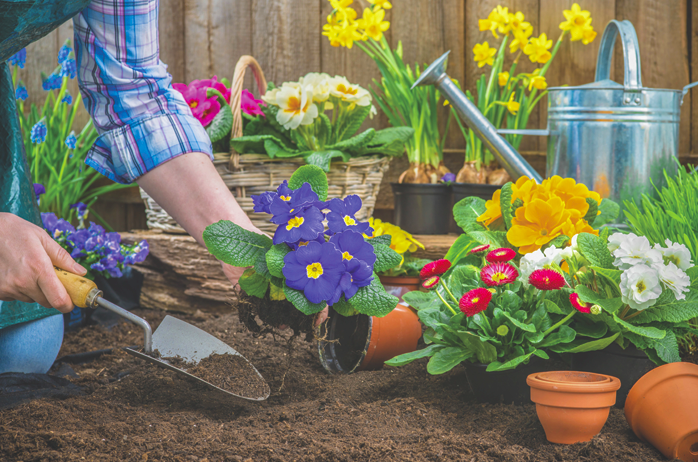

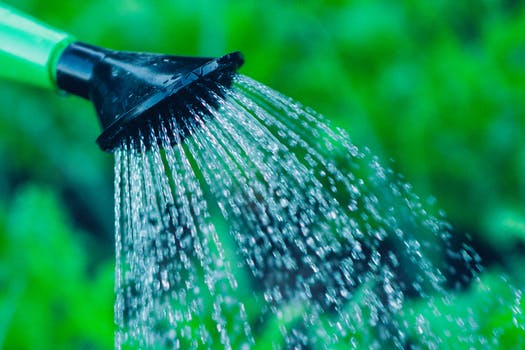
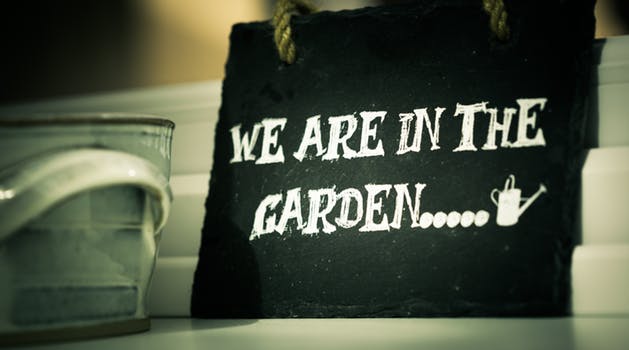 · Assess plant location. If plants, flowers or gardens have struggled in recent years or never grew especially vibrant, then gardeners may want to assess the location of their plant life before spring gardening season begins. Some plants may not be getting enough sunlight in certain locations on a property, while others might be overexposed to the sun during spring and summer. Moving plants that are not thriving prior to the start of spring gardening season may be just what gardens need to flourish in the coming weeks.
· Assess plant location. If plants, flowers or gardens have struggled in recent years or never grew especially vibrant, then gardeners may want to assess the location of their plant life before spring gardening season begins. Some plants may not be getting enough sunlight in certain locations on a property, while others might be overexposed to the sun during spring and summer. Moving plants that are not thriving prior to the start of spring gardening season may be just what gardens need to flourish in the coming weeks.